Handmade Carpet V/S Machine made Carpets or Rugs
Handmade and machine made carpets:
Understanding the difference between the Both.
Carpets and rugs take cardinal part in our day today life, whether its house, retail and hotels. Most people prefer embellishing all their furniture in rooms and halls with beautiful carpets. They serve not only to increase the aesthetic value of the house, but also provide thermal insulation during cold winters and absorb noise. Though carpets are available in all sizes and patterns, one must be aware of their authenticity. There are mainly two types prevalent in the market: Hand-made ones (also called Oriental carpets) and Machine made ones. Some major but subtle features distinguish the two. These points will definitely come handy and offer guidance whenever you set out to shop for carpets.
While hand-made carpets were popular before the 19th century, machine made ones gained importance, due to automated looms. Machine made carpets require little or no manual labor. They are manufactured by large machines that are called power looms which usually takes one maximum an hour to manufacture a single carpet. In comparison, a handmade carpet takes several months, if not years, to knot. The duration required to knot a carpet by a skilled weaver usually depends on its intricacy and size. This greatly contributes to its relatively higher prices in the market.
On the other hand, machine made carpets are available for much lower prices, due to low manual requirements.
While the production techniques between machine-knotted and hand-knotted carpets substantially differ, we can usually distinguish quite quickly with our eyes.
The fringes (free end at the periphery) of a machine-made carpet are traditionally non-existent or in most cases sewn on purely for decorative purposes. In a handmade carpet, on the other hand, fringes are the end pieces of the warp thread that holds the knots together; they are extensions of the carpet formation and they are an essential part of the making.
Another distinguishing factor between a handmade and machine made carpet are their artistic patterns. Industrially manufactured carpets have a pattern that is mirrored by software and is always symmetrical, without any aberration. A knotter may never be able to achieve this a hundred percent accurately, but is nevertheless authentic and beautiful.
The weaving and the knots will be slightly uneven and not perfectly uniform in hand made carpets. Uneven edges and rug shapes, as well as occasional irregularities in the knots on the back are the signs that a rug was knotted by hand. The more the details at the back of the carpet, the better is its quality. Machine-made carpets evidently show no irregularities or deviations from the norm since they are not subject to manual work.
Investing in such high-quality, hand-knotted carpet, will not only let you own a piece of traditional craftsmanship steeped in history, but also a carpet made of natural materials with a longer lifespan, that is of great value to a collector. Machine made carpets commonly offer very little value to a collector, although there are a few exceptions (such as Karastan rugs).
Machine made rugs generally have a lifespan of up to 20 years or less, depending on the quality and the fiber used.
Based on the needs and desires, one should carefully choose between the two types.
It is also noteworthy here, that handmade carpets are prepared by a multitude of skilled weavers who spend hours every day working to perfect a single carpet, in comparison to machines in industries, which barely take an hour. It would be of great encouragement and honor to their artistry, and would provide a push to them, both morally and financially, if we prefer handmade carpets to machine-made ones and motivate others to do so.

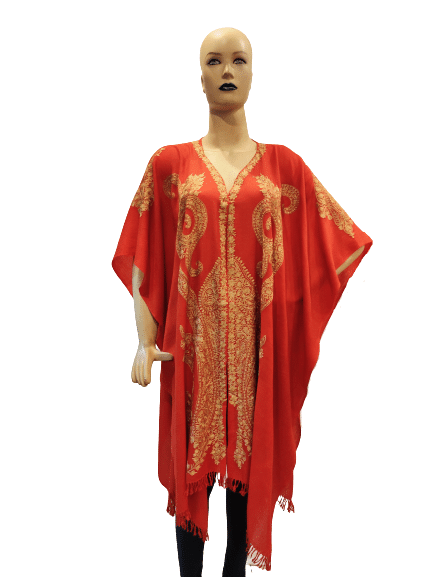
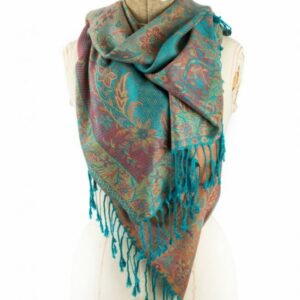
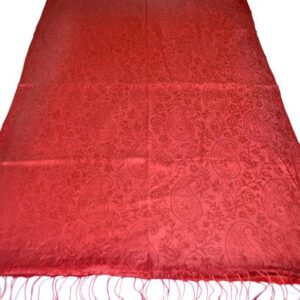
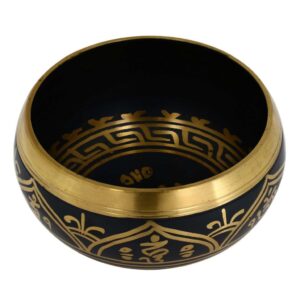
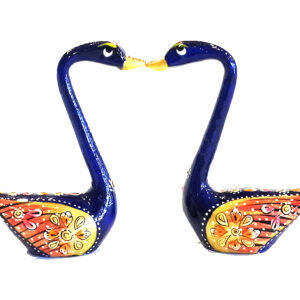
 Saffron Kesar
Saffron Kesar